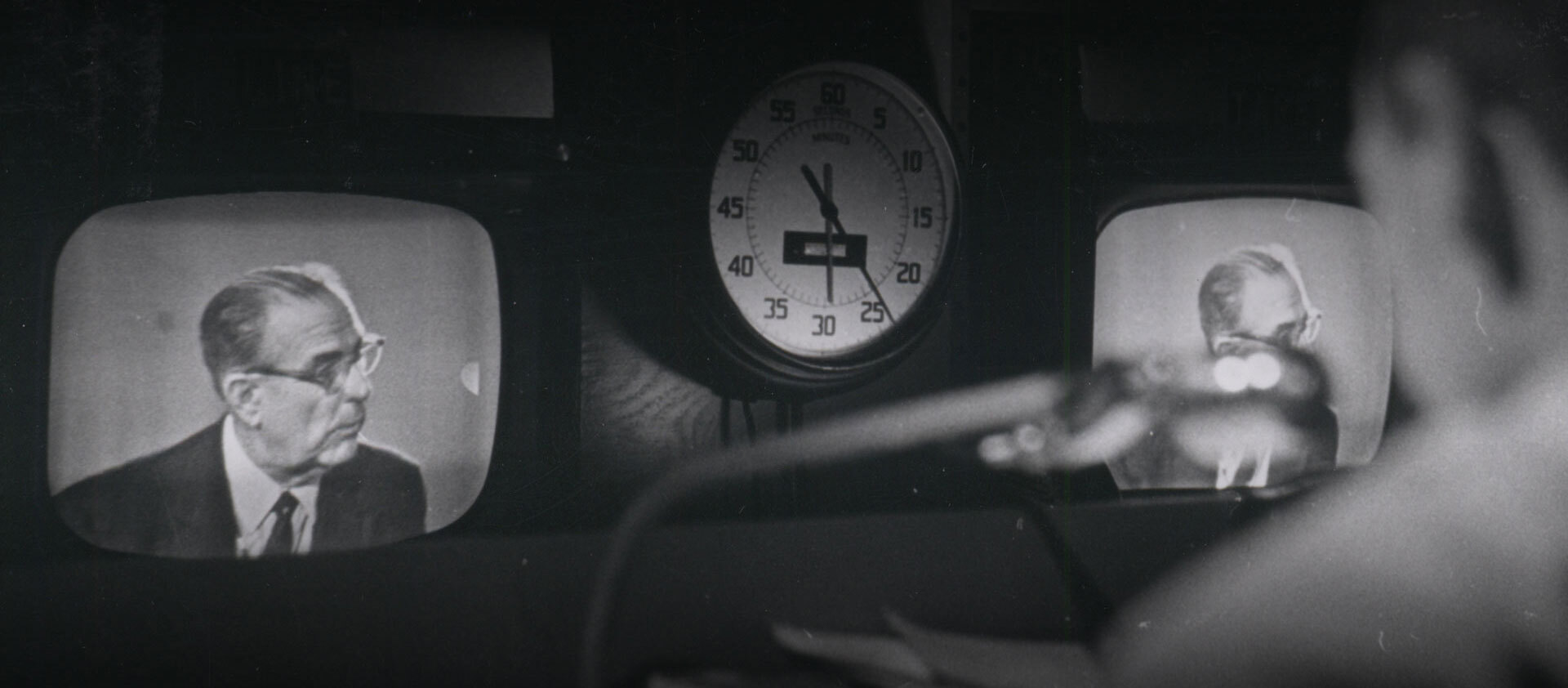WTIU Community Advisory Board Meeting
June 2, 2022 12:00pm
ZOOM MEETING LINK / RECORDING
https://iu.mediaspace.kaltura.com/media/t/1_bw31zghv
In Attendance:
WTIU Community Advisory Board Members:
John Bailey, Tom Bunger, Joan Curts, Pamela Davidson, Mark Edwards, Sally Gaskill, Mike Hefron, Cullen McCarty, Martha Nice, Lynn Schwartzberg
WFIU Community Advisory Board Members:
Alain Barker, Carolyn Calloway-Thomas, Lauren Dexter-Burns, Abby Henkel, Samantha Johnson-Helms, Miah Michaelsen, Matt Pierce, Judith Stewart, Nathan Watson
Staff Members/Others:
Mary Ducette, Brad Kimmel, Brent Molnar, Amy O’Shaughnessy, Joan Padawan, Marianne Woodruff
Agenda:
Introductions – Brent Molnar
A comprehensive Strategic Plan is coming together, and should be distributed to the CABs by mid-July.
The future of public media seems to be pointing towards convergence, as users seek to consume our content on more than one platform. (Broadcast, YouTube, PBS/NPR Apps, Streaming)
Behind the scenes, WFIU/WTIU currently share many resources in common to serve our Administrative, Corporate Development, Digital, Events, Membership and Marketing needs. Content is currently separate/developed for each station’s individual broadcast platforms, but this may change in the future.
As a result, the question of whether combining the WFIU-WTIU Community Advisory Boards could be of benefit to our organization, arose. By combining the CABs, there could be advantages in sharing each board’s unique strengths - diverse perspectives, skill sets, areas of expertise, geographic representation, etc. - between the stations.
A converged CAB might also be able to support subcommittees focused on key areas defined in the 2023 Strategic Plan:
- Advocacy
- Content
- Diversity Equity Inclusion
- Development
- Engagement
- News (board suggestion)
- Digital (board suggestion)
Station leadership is open to advice, cautions and recommendations related to whether a converged CAB makes sense.
The following questions were presented to the board Members for consideration/discussion:
- What concerns you about a prospective merger between the WFIU/WTIU CABs?
- Are there things you would miss about an independent CAB structure?
- If the CABs were to merge, how would you prefer to structure the meetings?
- How could a merged CAB maintain a balance between the independent radio and TV initiatives?
- What areas of committee service (advocacy, DEI, content, development, engagement) would you find of interest?
- What could we do to ensure that your individual voice would be heard?
- What advantages do you perceive, that we have not yet discussed?
- What downsides, that we haven’t yet addressed, do you foresee?
In July, each station’s CAB will meet independently for further discussion. A vote at each meeting will also be held to determine whether pursuing a converged CAB is a worthwhile endeavor.
NOTES FROM MEETING CHAT:
Mike Hefron and Carolyn Calloway-Thomas advocated for a small board size.
Mike Hefron pointed out that best practices for non-profit recommend a boards size of 7-14 people. Over the course of the meeting, additional board members echoed that for a WFIU/WTIU converged board, 9-14 or 12-14 members seemed about right.
Miah Michaelsen suggested a small board merger group could be formed, or strategic working groups consisting of members from both station boards, could be formed first. She also noted that board recruitment and retention has been challenging for many non-profit organizations in recent years, implying that a smaller board might be easier to maintain.
Judy Stewart suggested a board model consisting of a small board, with additional strategic subcommittees that have both board and non-board members. This structure could also help with board recruitment in the future, as non-board committee members get a chance to ‘test the waters’ though committee work that relates to their areas of expertise. Several Members expressed support for this idea.
Abby Henkel recommended that if a converged board is formed, then members could rotate off, and we wouldn’t need to fill seats so quickly.
Any decisions made about changing board structure/composition need to be future focused.
If a converged CAB is approved, operating charter/bylaws and policies would need to be reviewed and updated.
Board meetings should be structured with reports/updates issued in advance, so more time may be used for discussion/decision making while board members are present. Issues related to either WTIU or WFIU could be identified for board input in advance also.
It was noted that the stations should make marketing for board recruitment more prominent on air and through our social/digital media outlets.
Nathan Watson emphasized that recruitment from outlying/smaller communities is important. Several members agreed.
As board members are recruited, station leadership should clarify/define the role of an advisory board vs. a governing/fiduciary board.
Lauren Dexter-Burns stated that from a marketing standpoint, one identity for the stations/organization makes more sense, and could encompass multiple facets of our work (online, digital, TV, radio, etc.) – while strengthening/reinforcing recognition of the brand regardless of the platform on which users find it.
Others commented that while a merger (board and/or organization-wide identity) seems to make sense, how it is implemented/executed might be tricky. What effect would combining station brand identities have on member support?
It’s all becoming “just media”.
Strategically, the thought behind converged resources, identity, and advisory boards is with the intent of a “stronger together” approach.
Future WTIU CAB Meetings
- September 1, 2022
- December, 1, 2022






